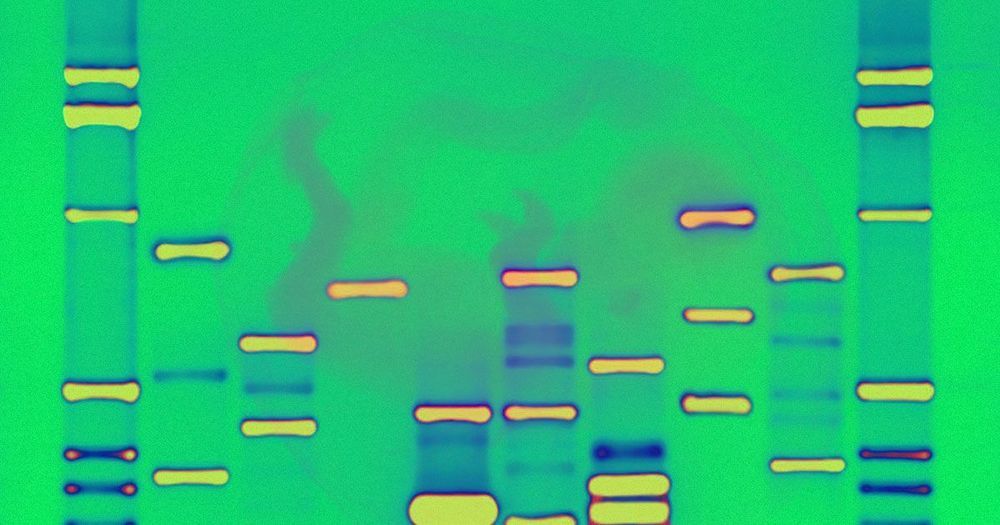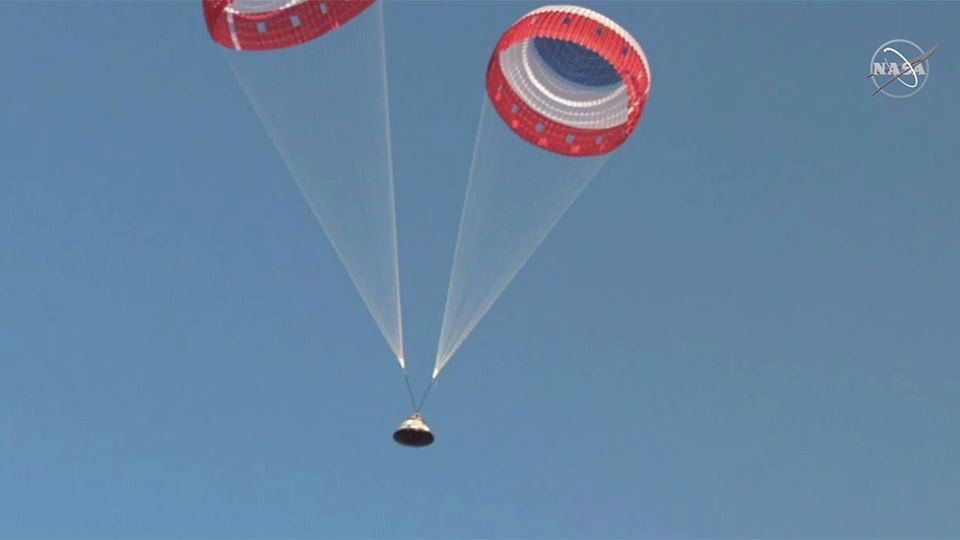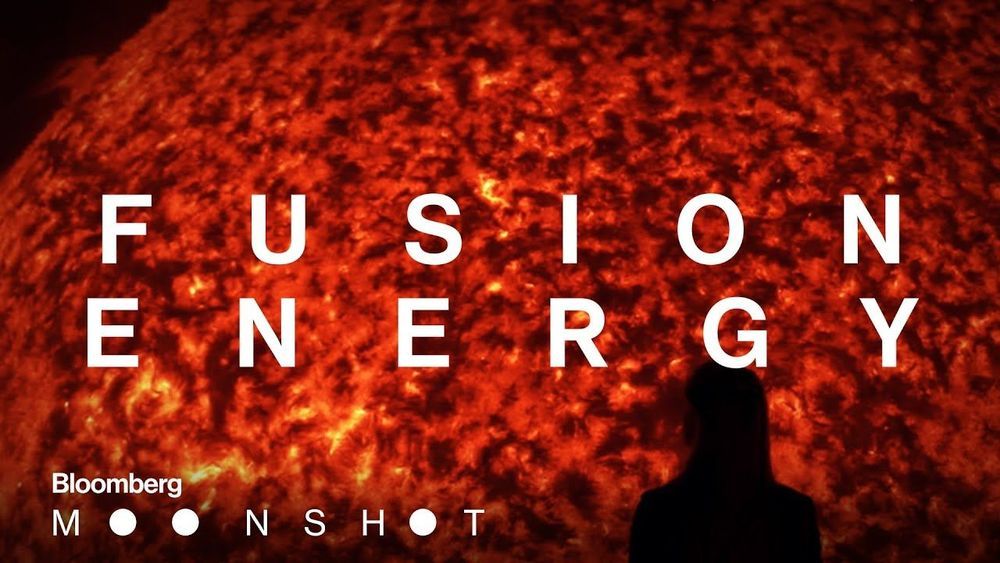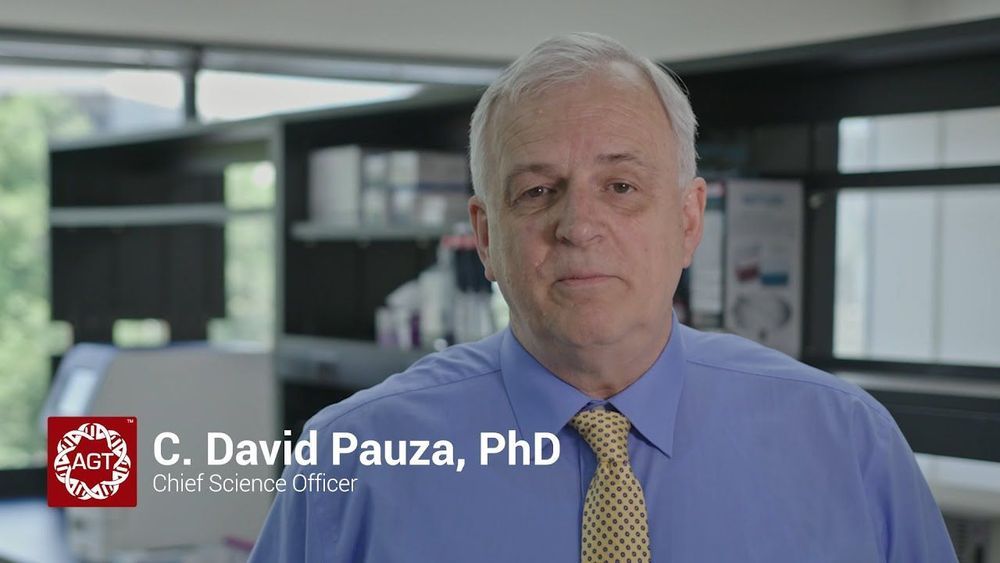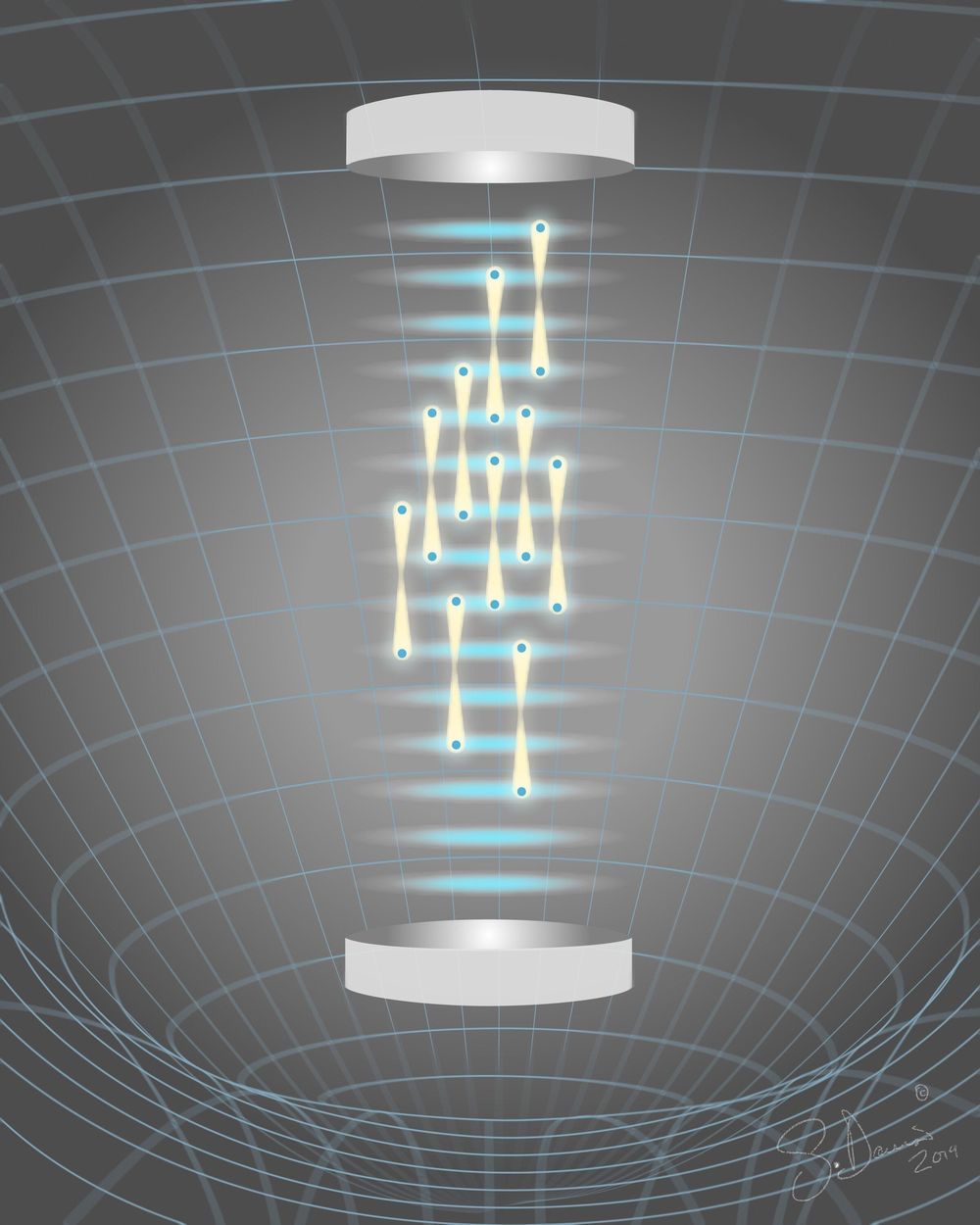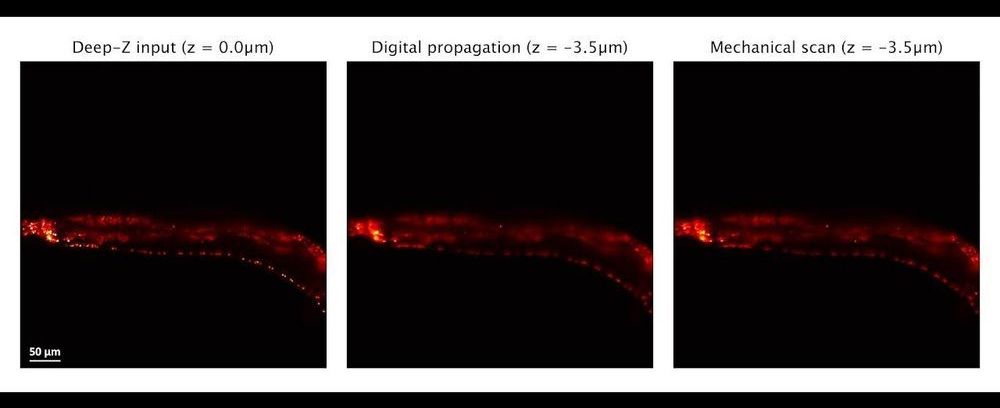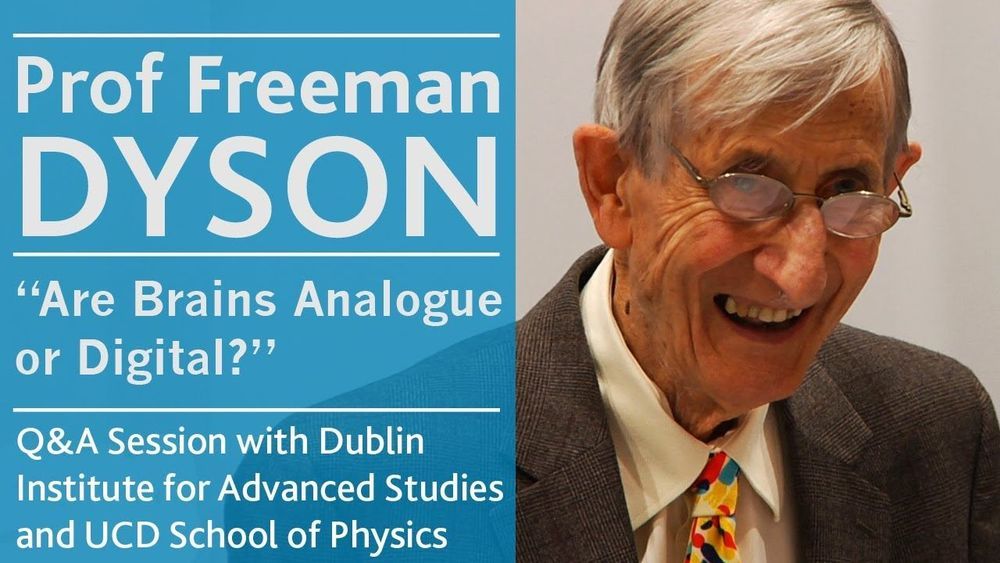Nov 9, 2019
DNA Test Startup Claims It Can Spot Embryos With Low Intelligence
Posted by Paul Battista in categories: biotech/medical, genetics
Questionable startups are claiming to be able to determine how smart a frozen IVF embryo will become if carried to term, and parents are taking the bait.
Genomic Prediction, the most prominent of these companies, offers tests to scan embryos for genetic diseases and other conditions — as well as genetic indicators that a future child will be in the bottom two percent of intelligence.
And MIT Technology Review reports that Genomic Prediction co-founder Stephen Hsu often uses media appearances to discuss future plans for a general intelligence test — something that, with current tech, is extremely unlikely to actually work.
